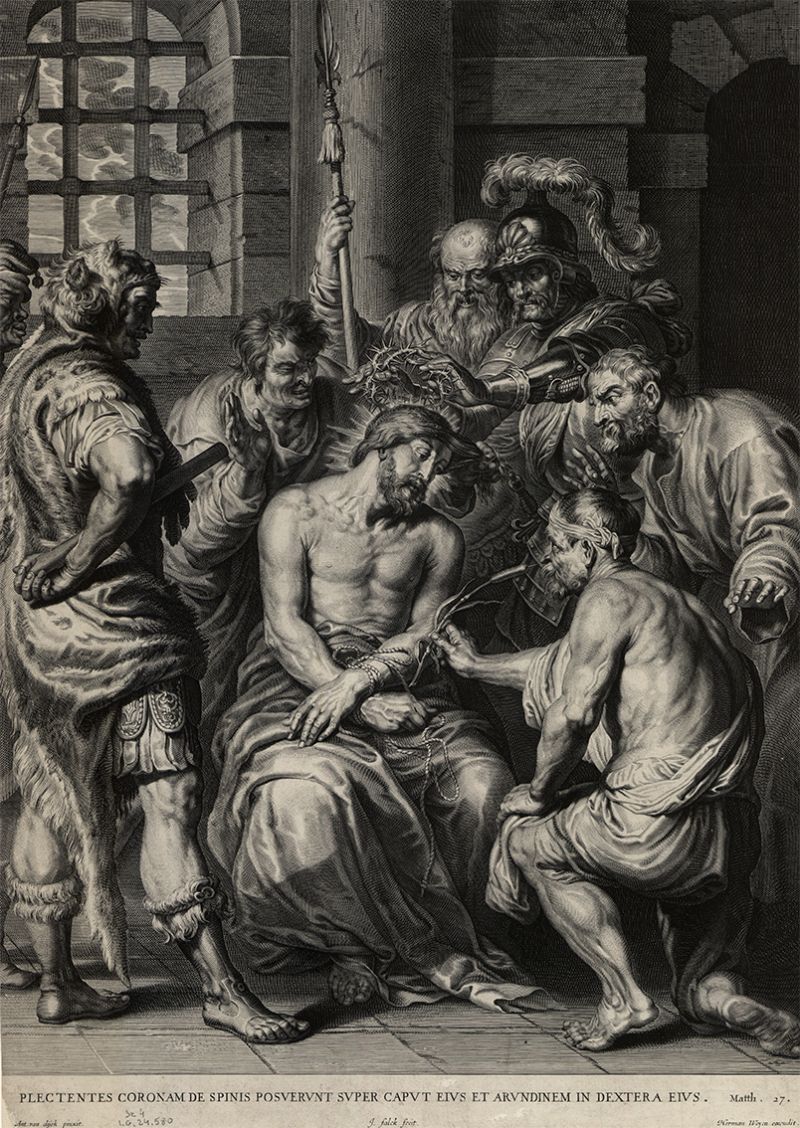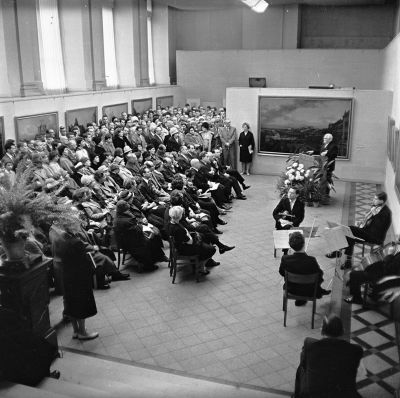Jeremias Falck
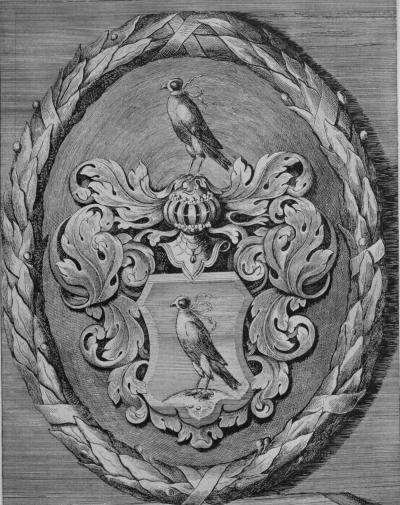
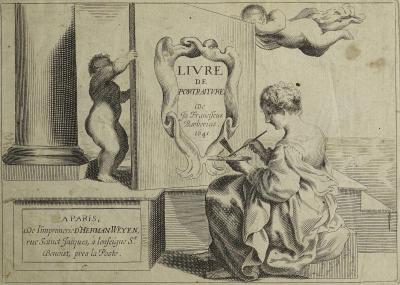

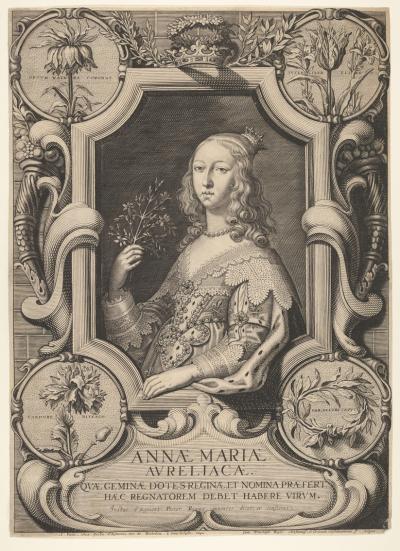
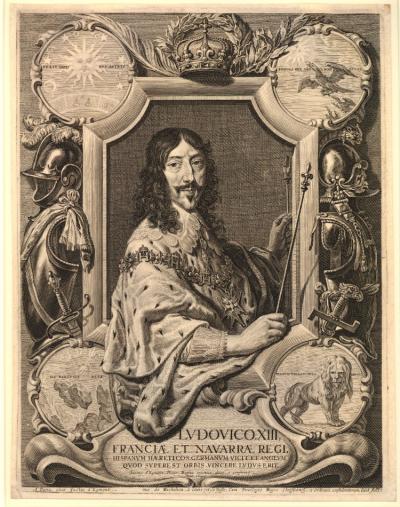
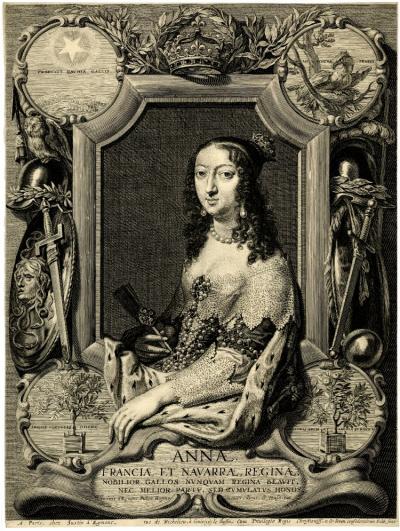
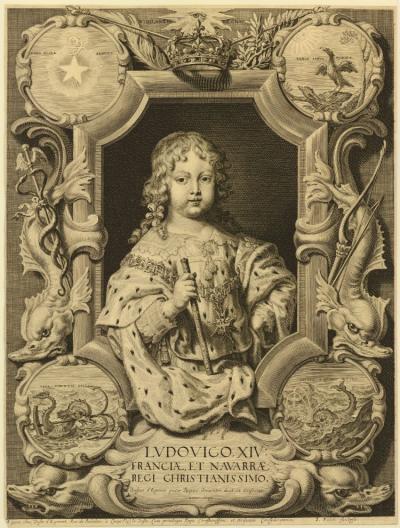
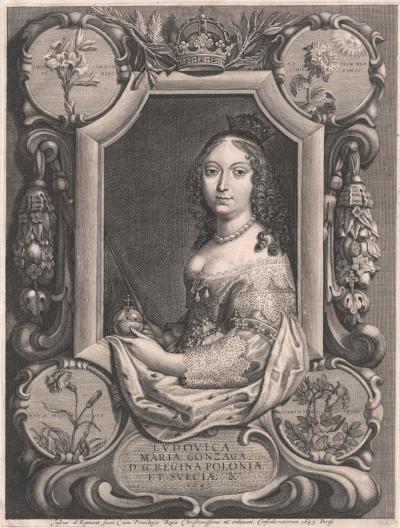
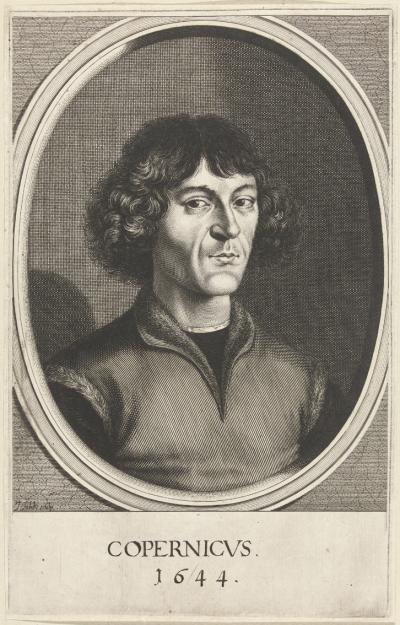
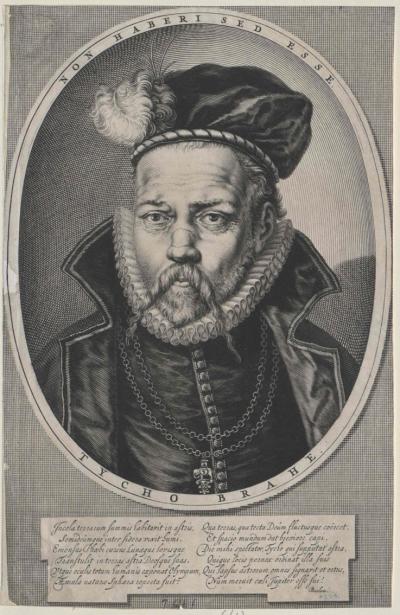
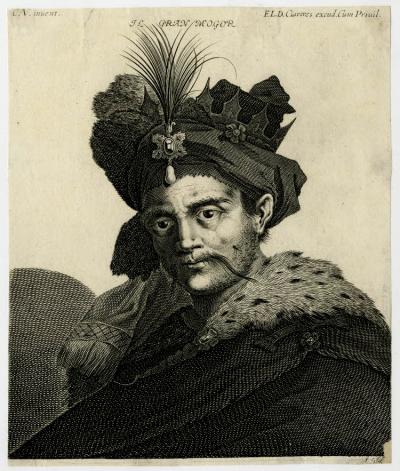
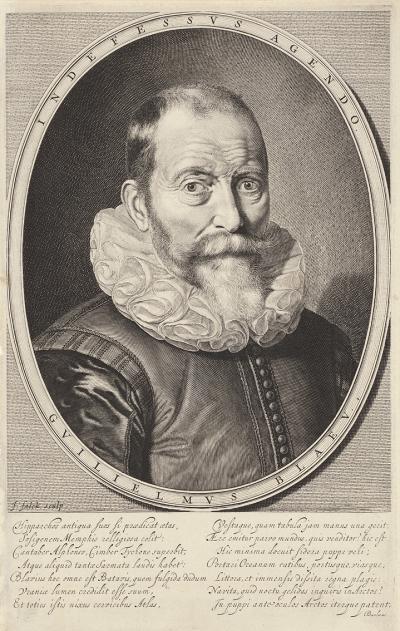
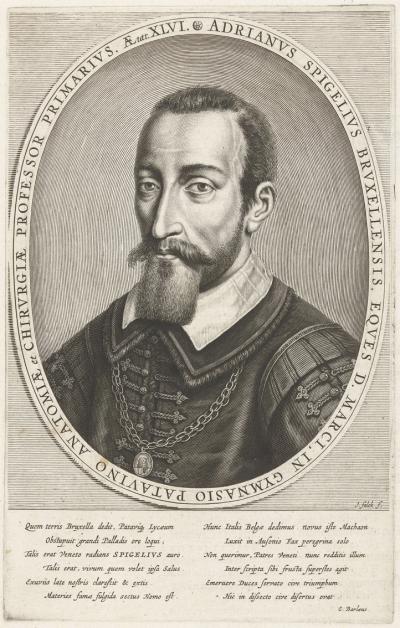
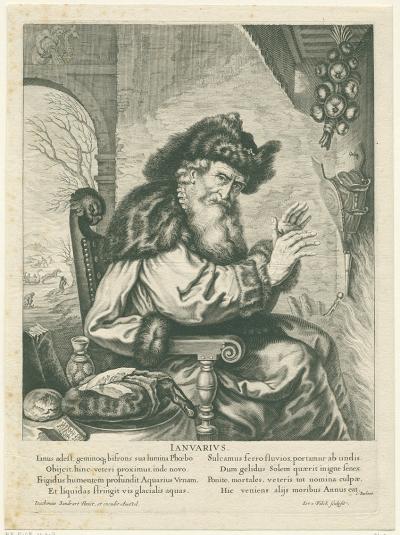
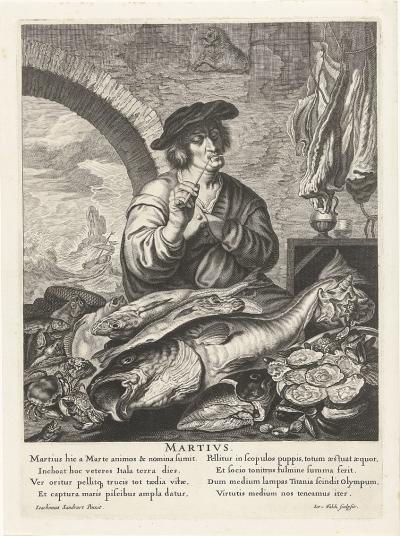
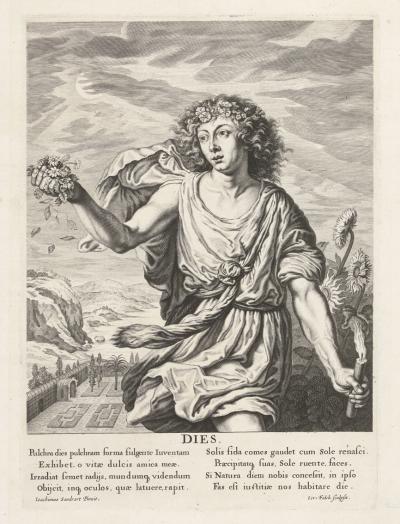
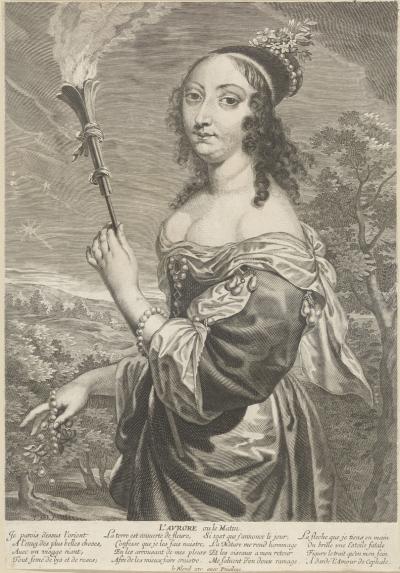
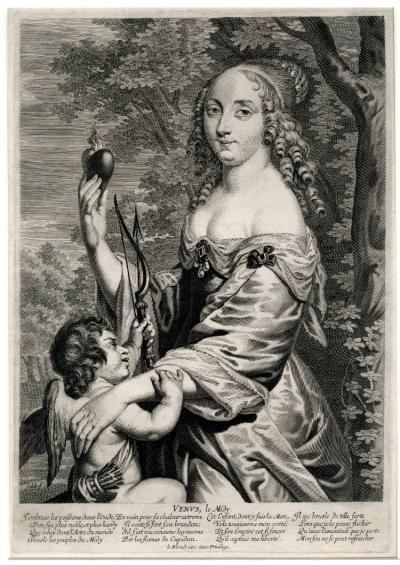
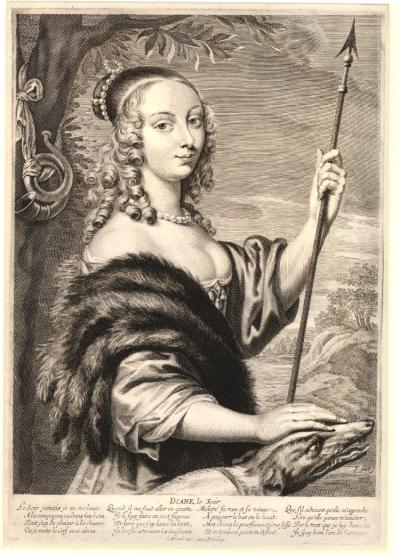
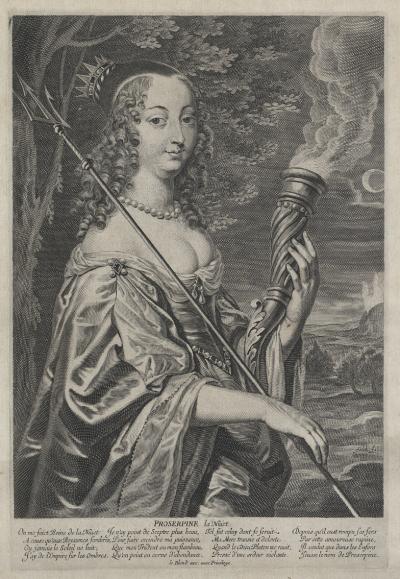

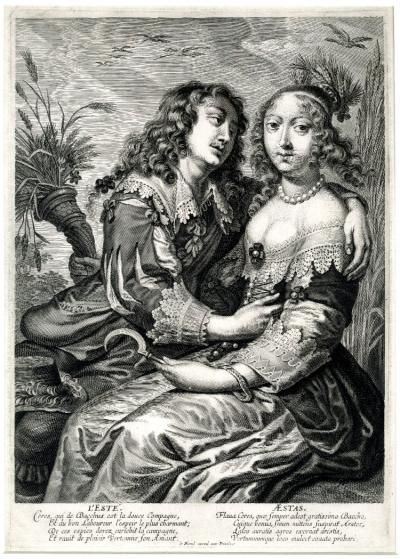
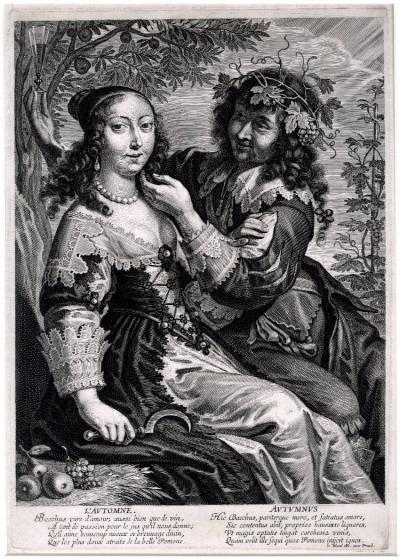
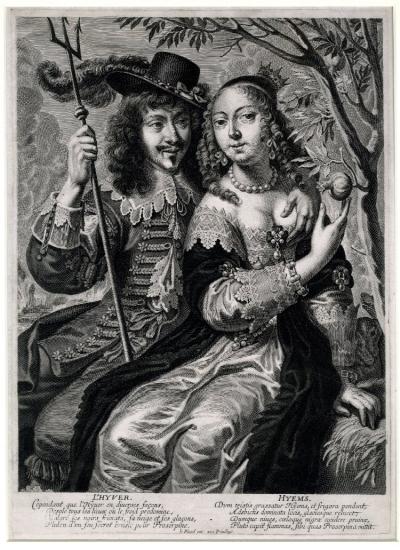
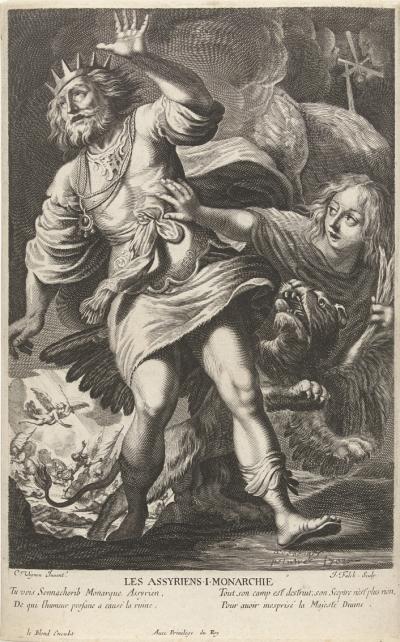
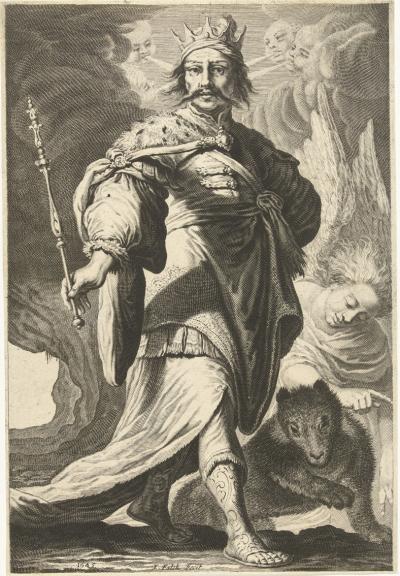

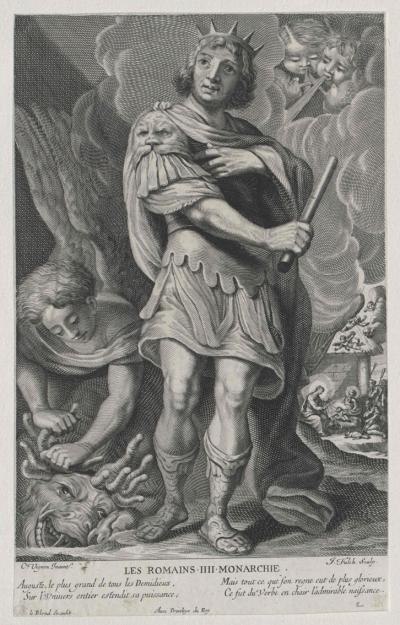
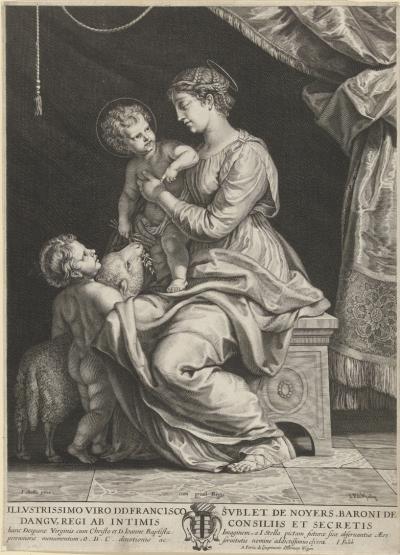
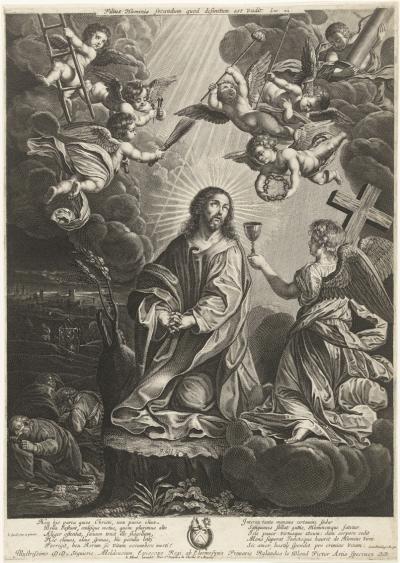

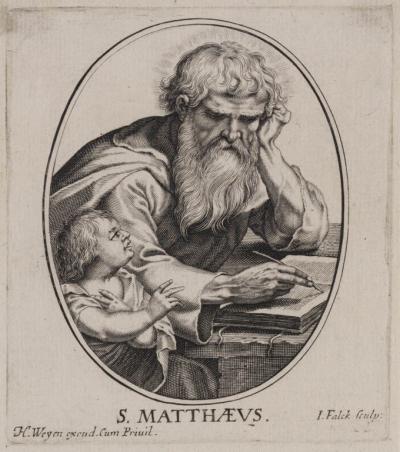
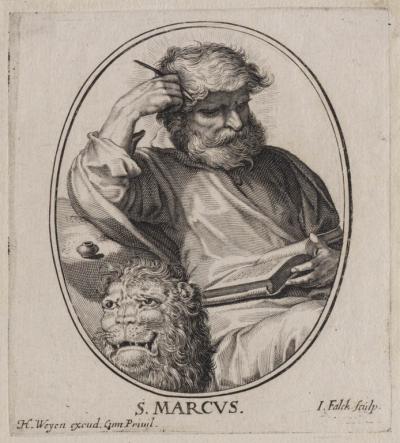
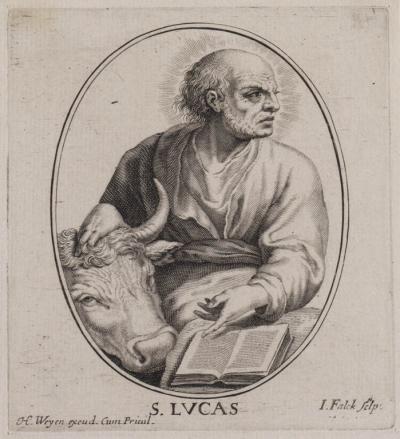
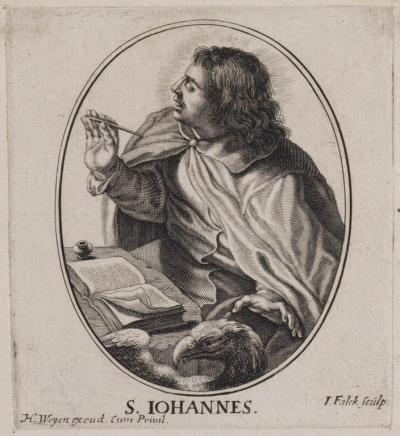
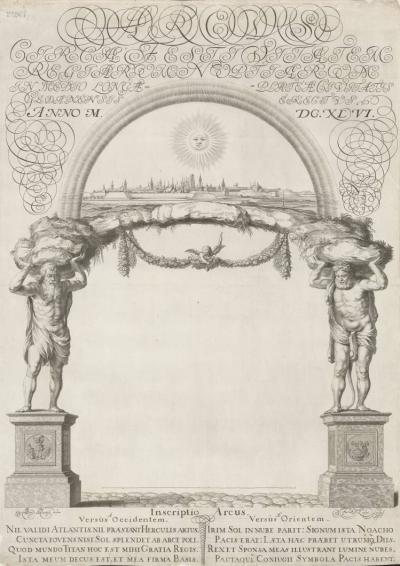

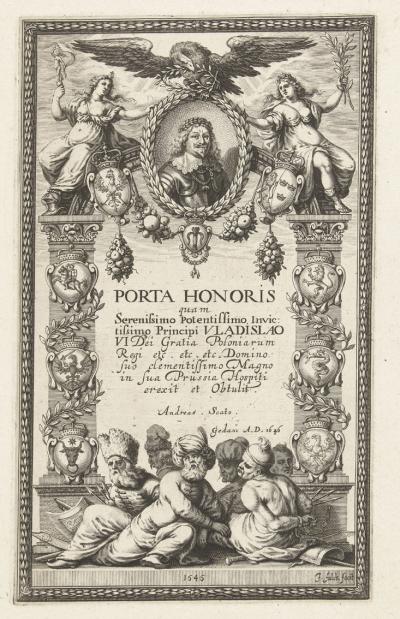
![Ill. 33: Title copper: Jerzy Ossoliński kneels before Pope Urban VIII Ill. 33: Title copper: Jerzy Ossoliński kneels before Pope Urban VIII - To the work by Jerzy Ossoliński: Illustrissimi et Excell[entissi]mi. Copper engraving after unknown. Original, 19 x 14,3 cm, not signed.](/sites/default/files/styles/width_100_tiles/public/assets/images/33_titelkupfer_1647_ossolinski.jpg?itok=In5yX0Cb)
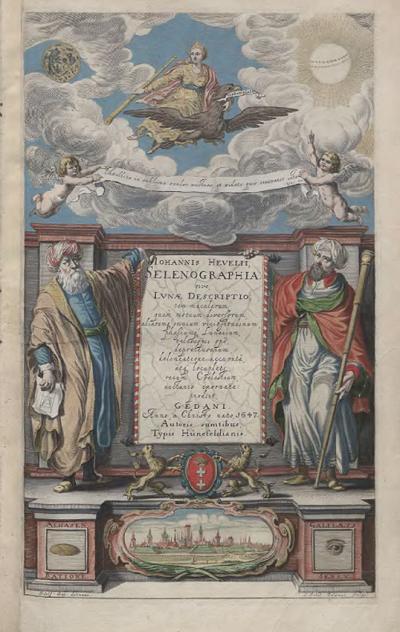
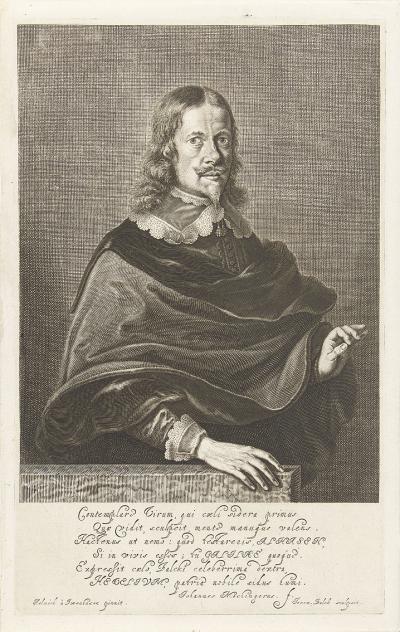
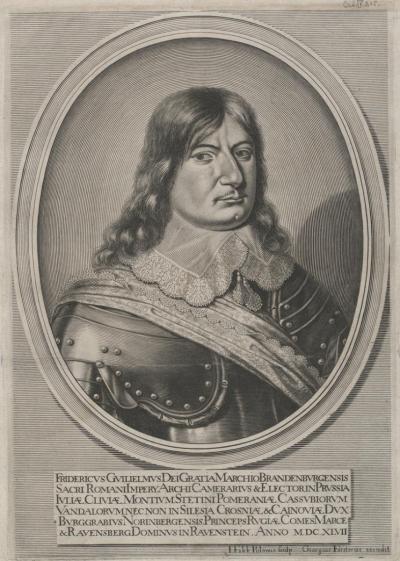
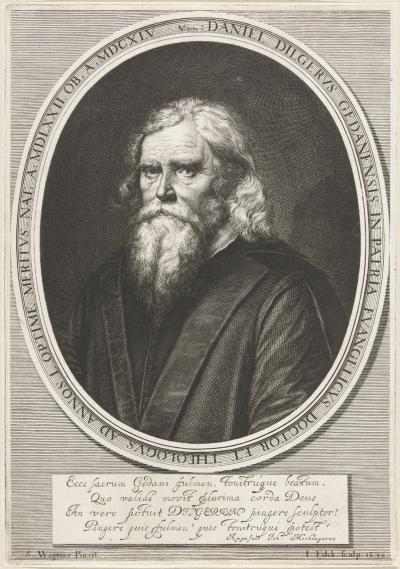
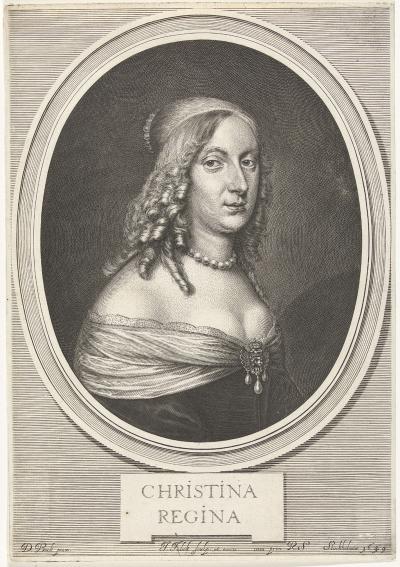

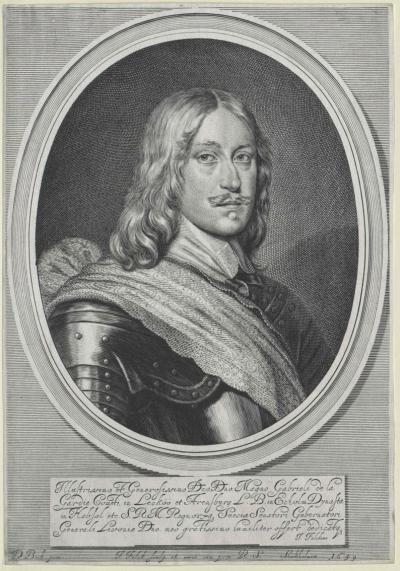
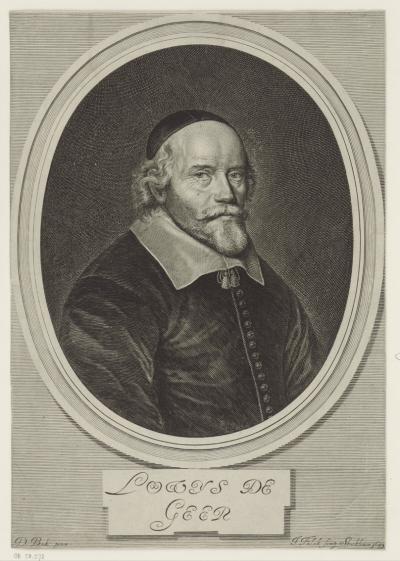
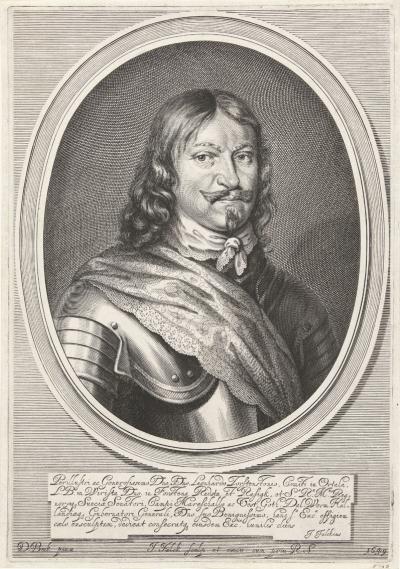
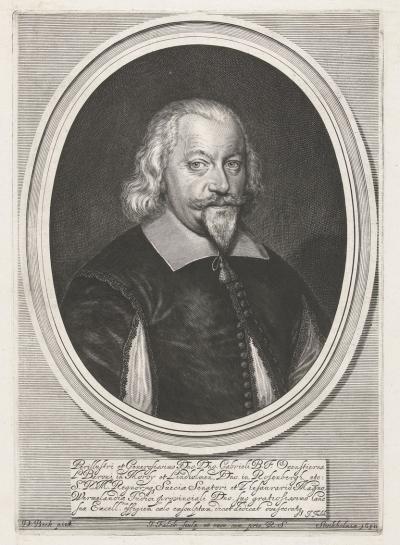
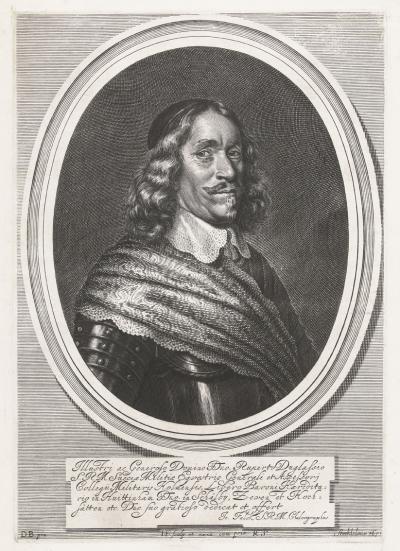
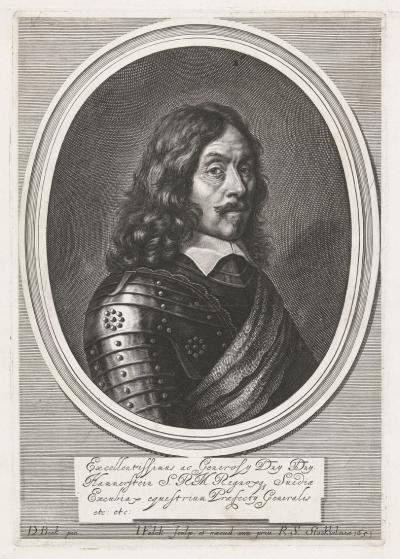
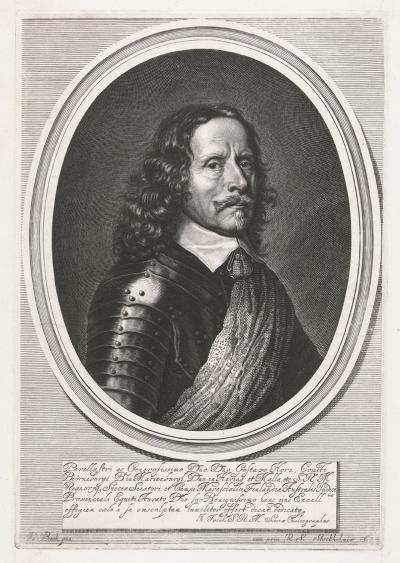
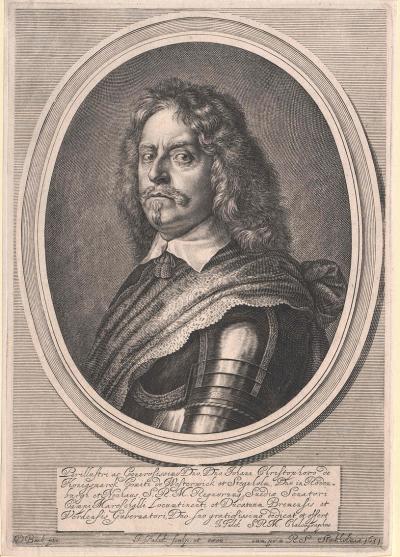
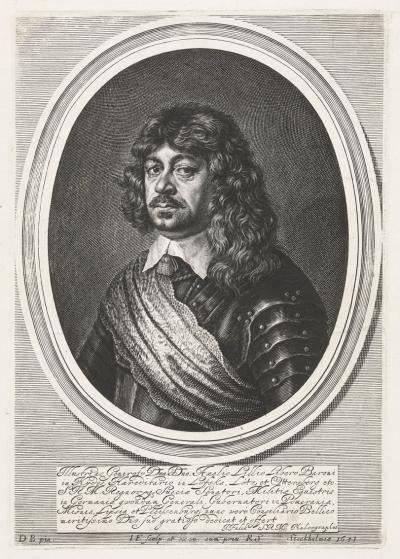
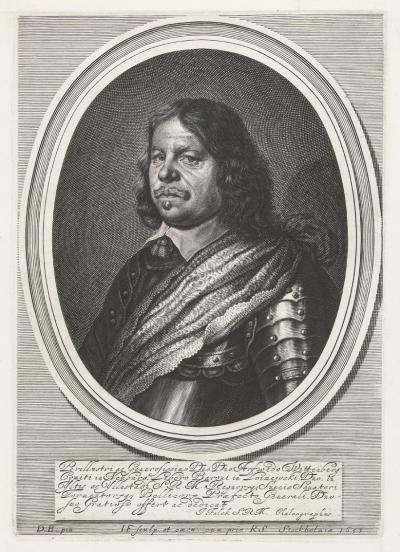
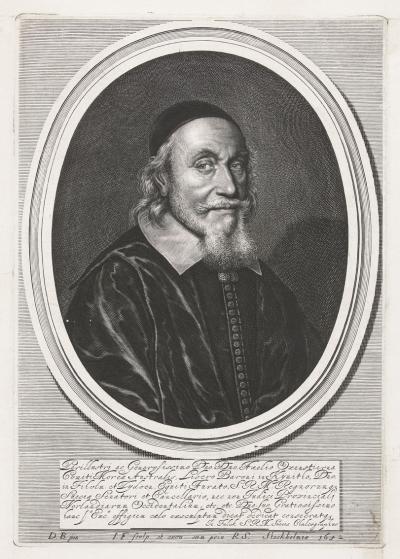
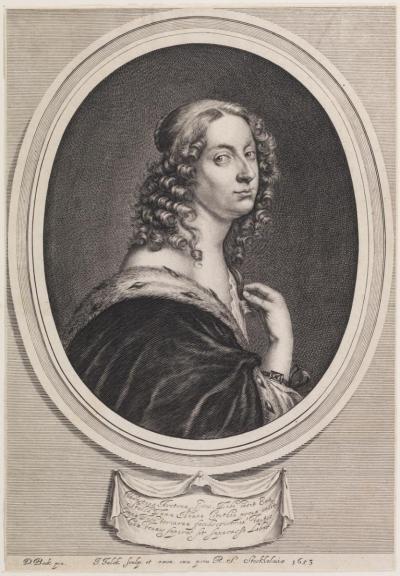
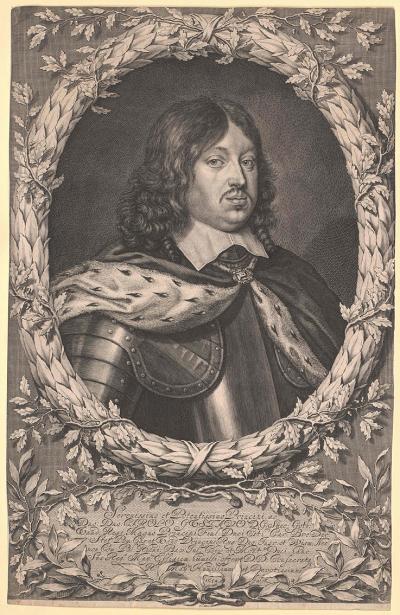
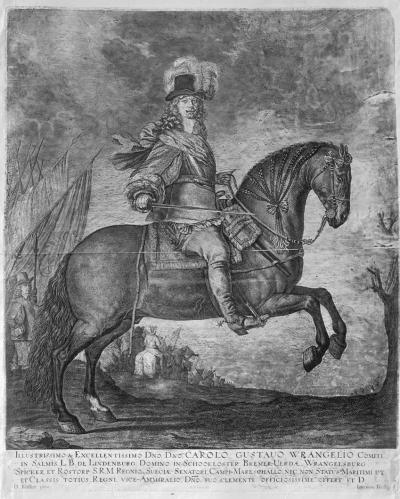

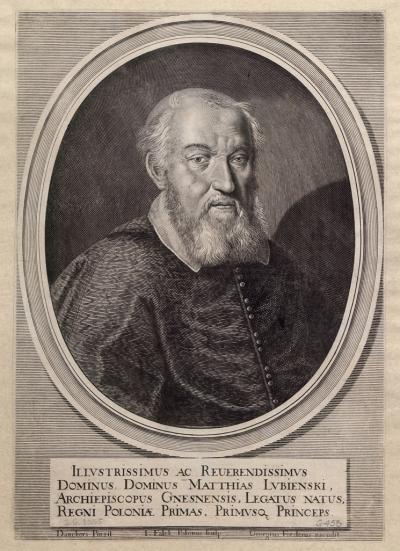
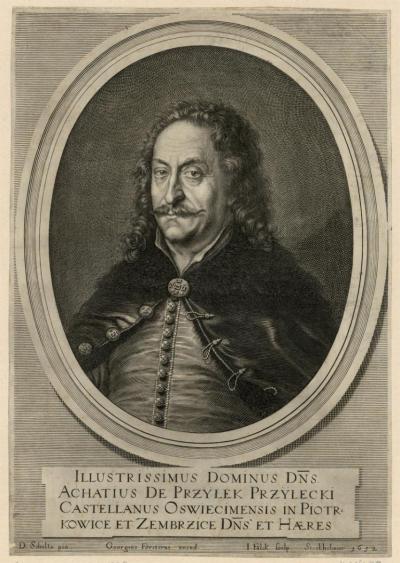
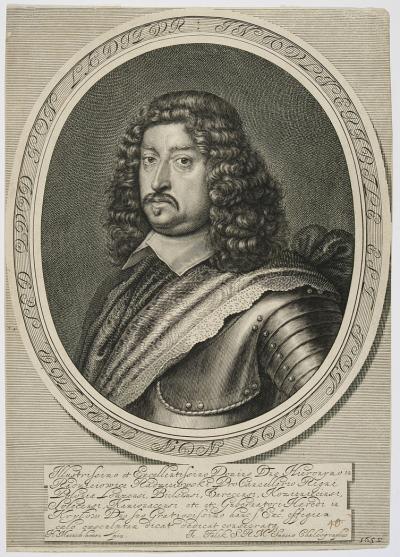
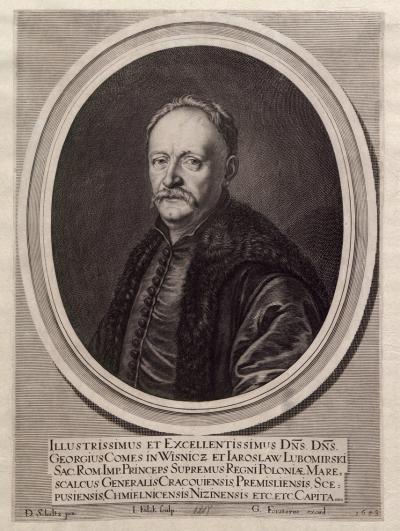
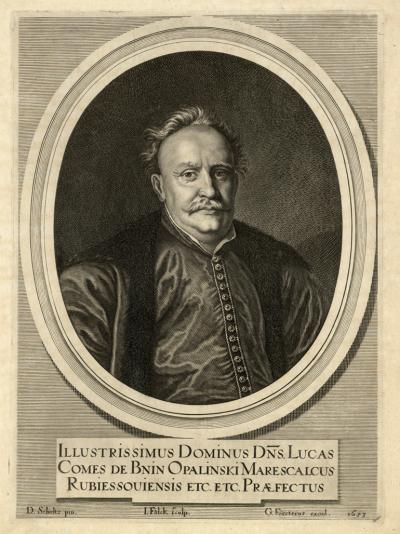
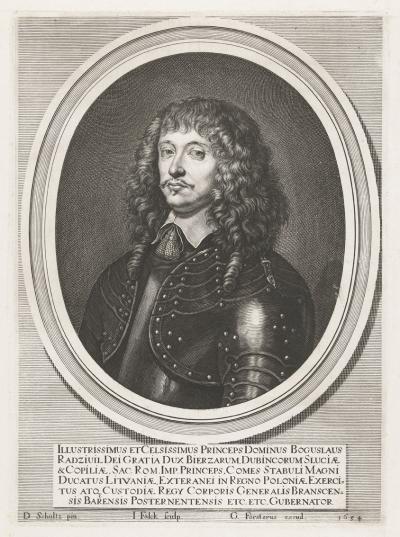
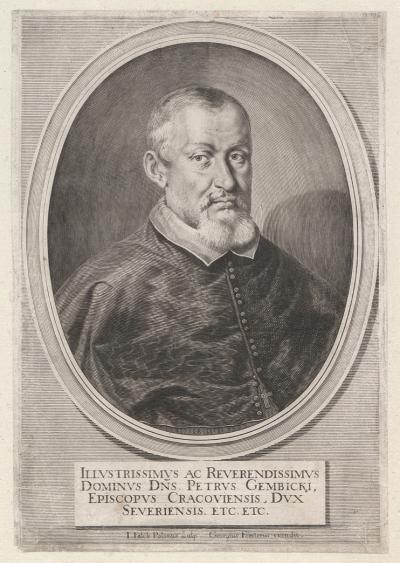
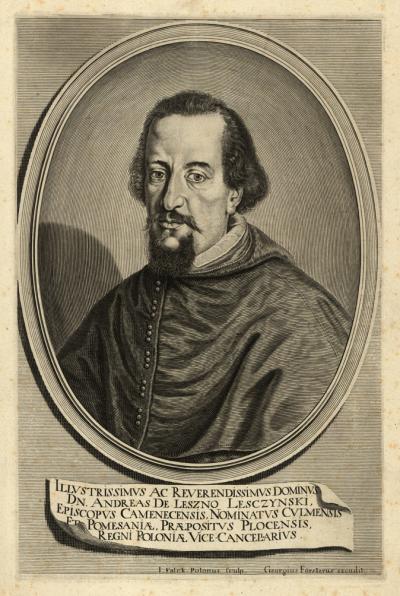
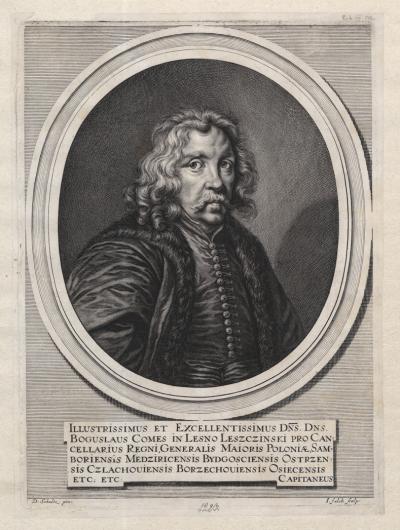
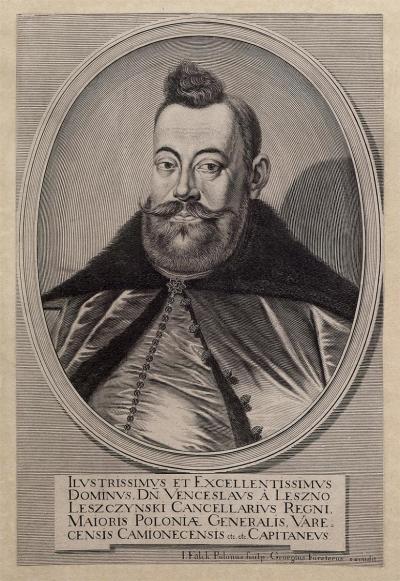
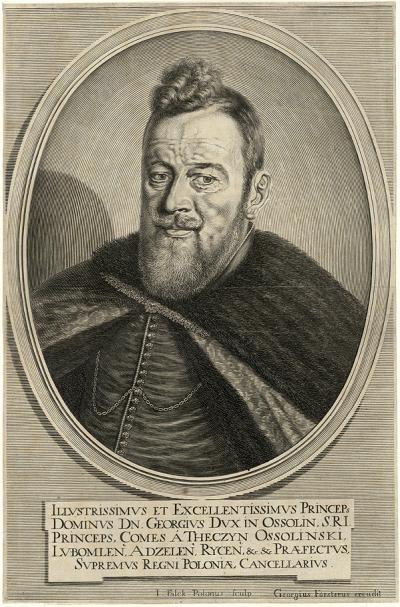
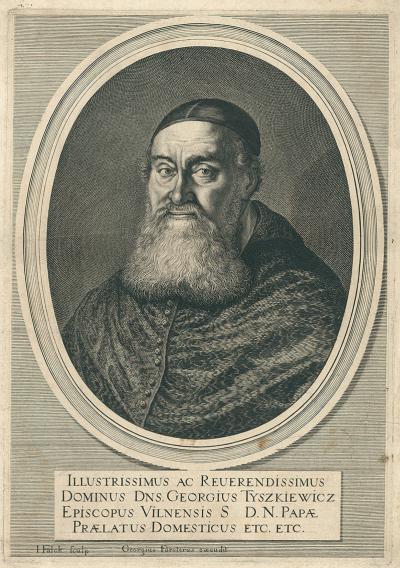
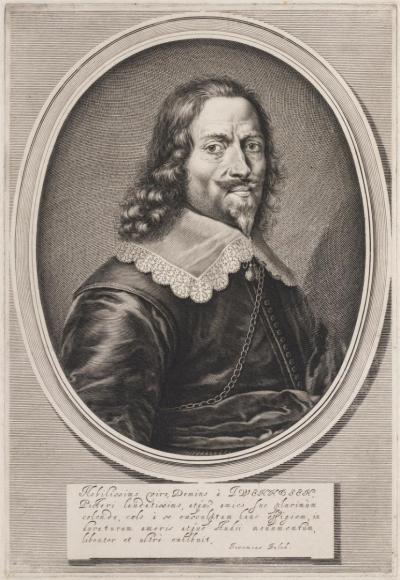

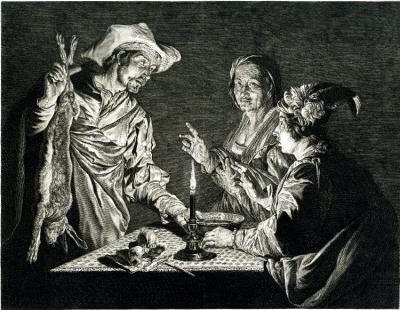
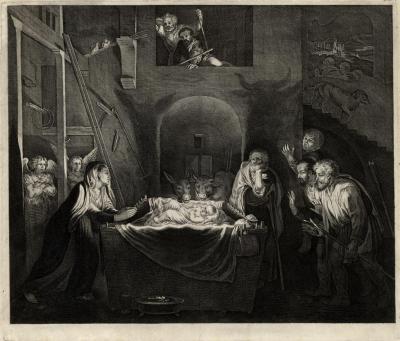
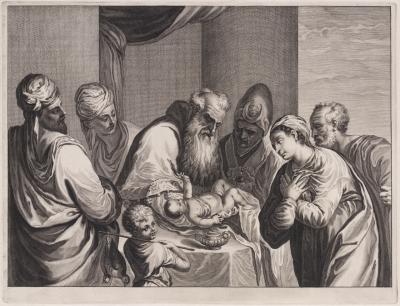
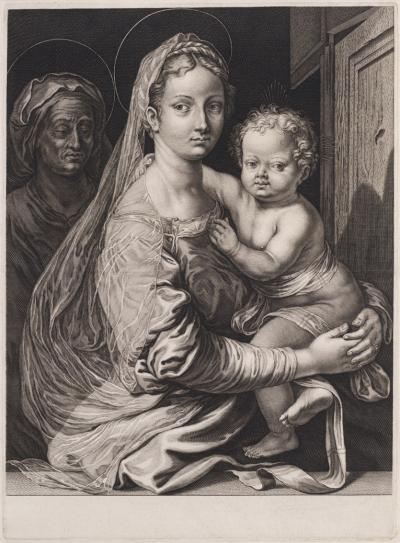
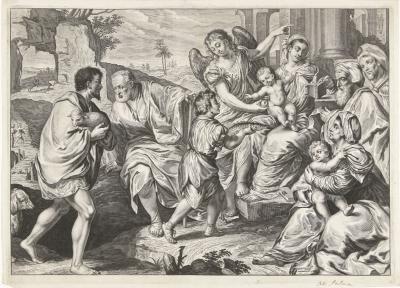
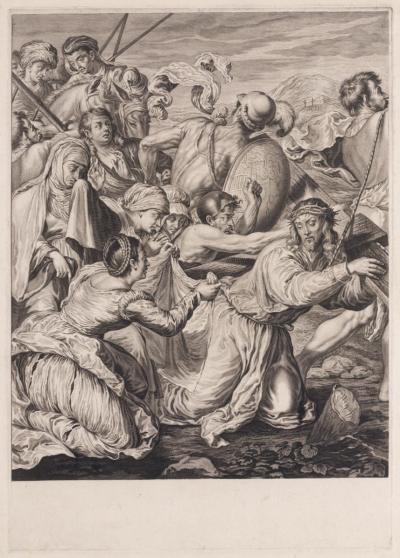
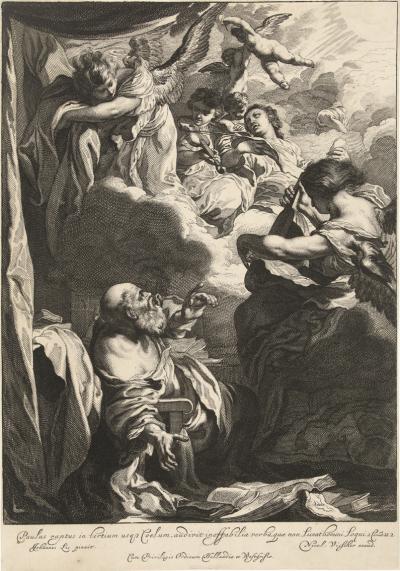
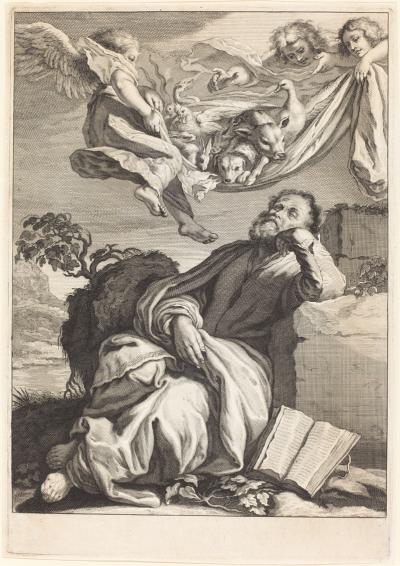
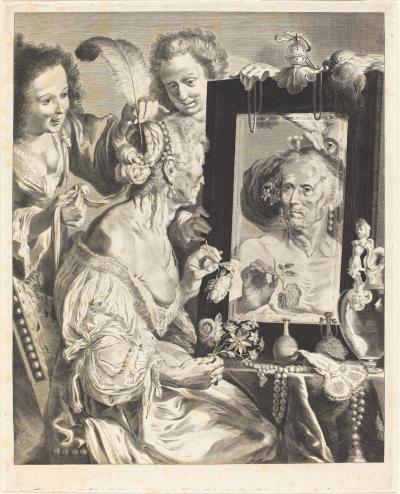
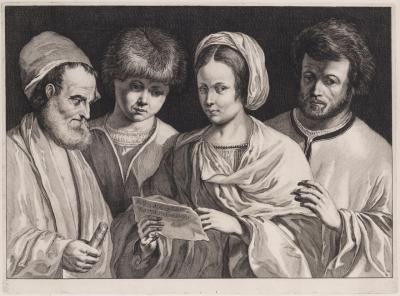
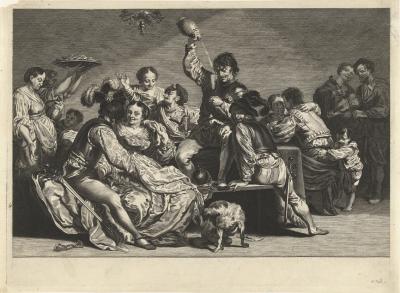
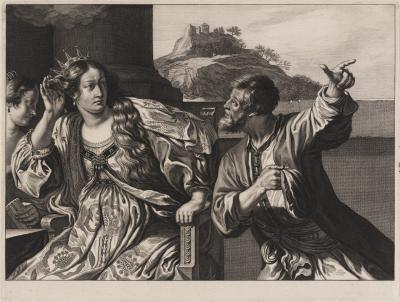
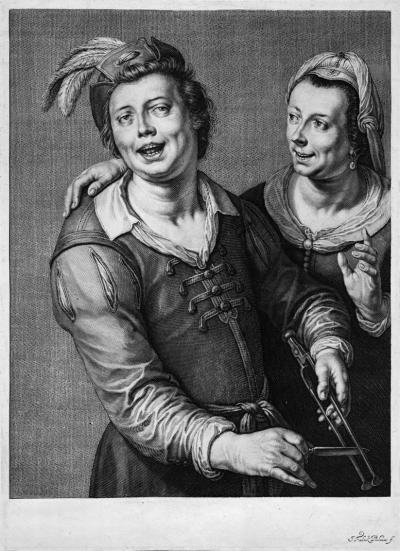
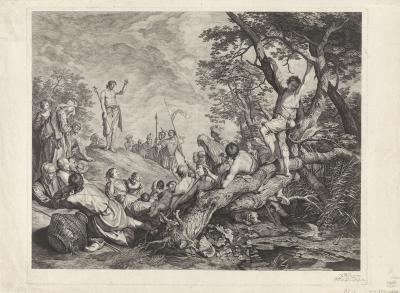
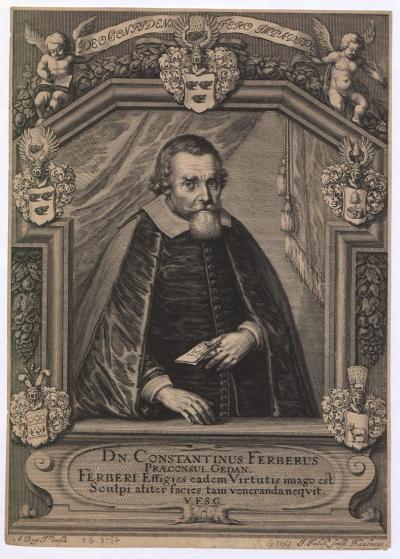
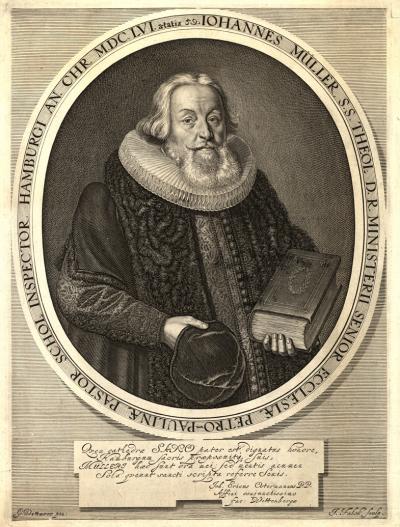
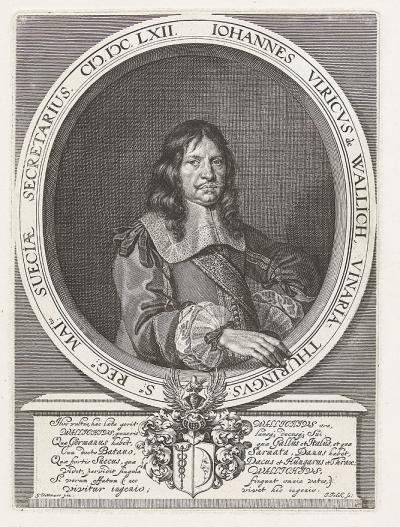
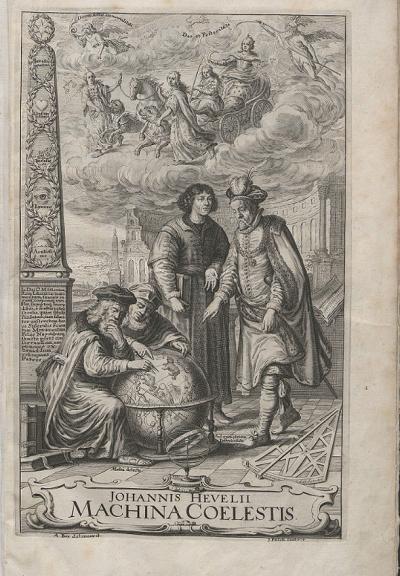

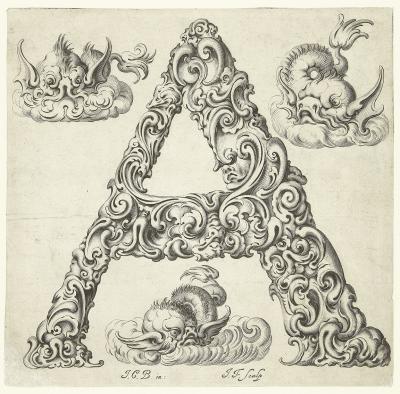
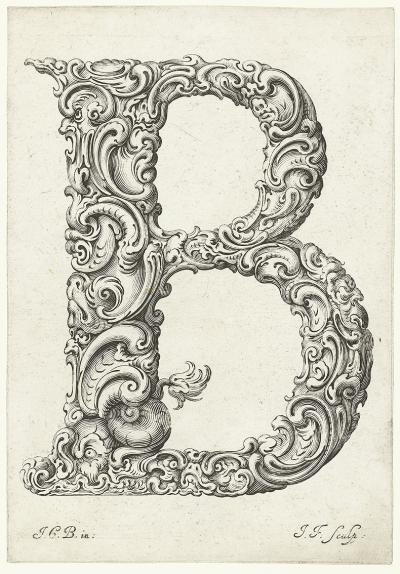


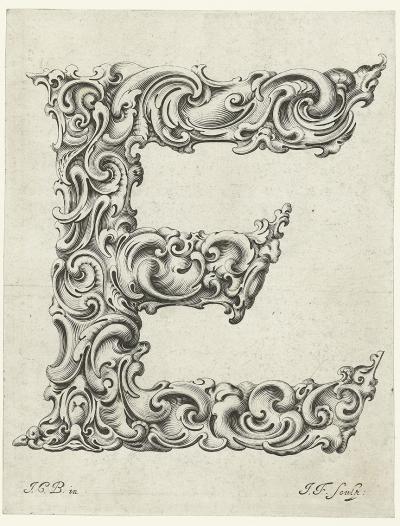
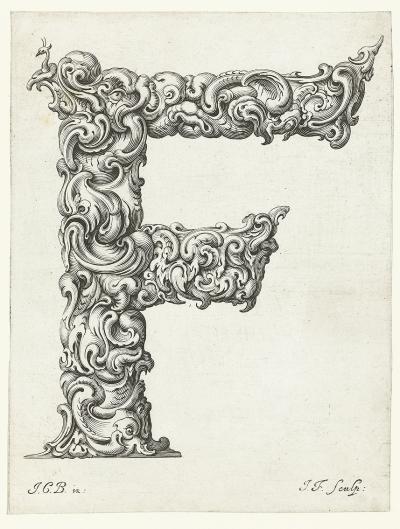
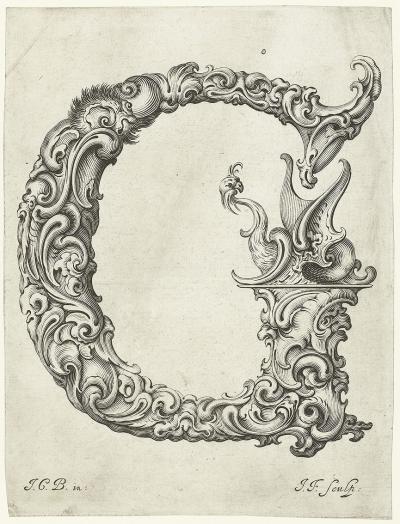
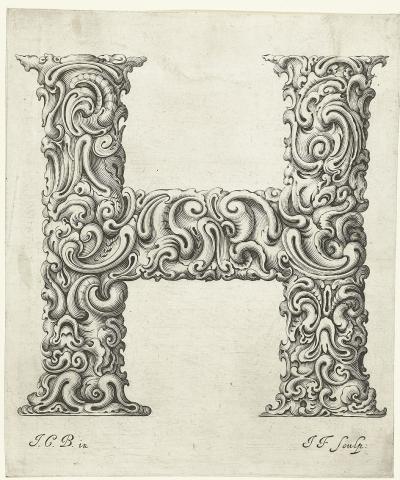

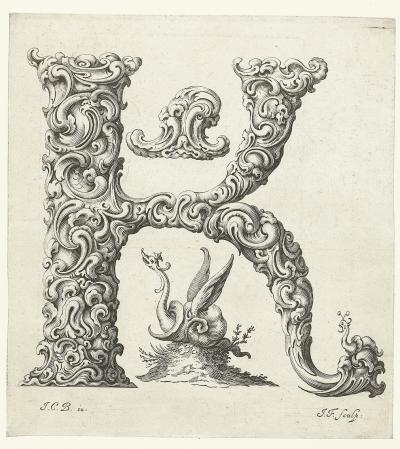
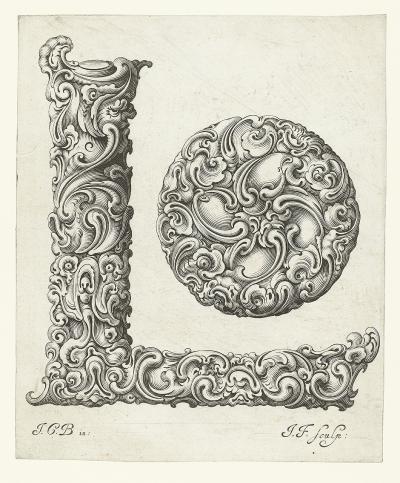
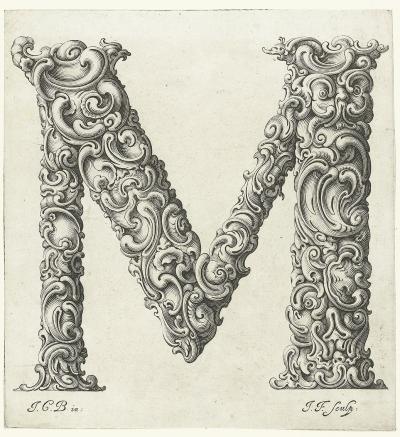
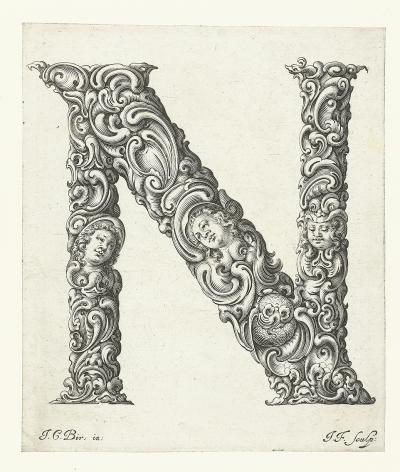
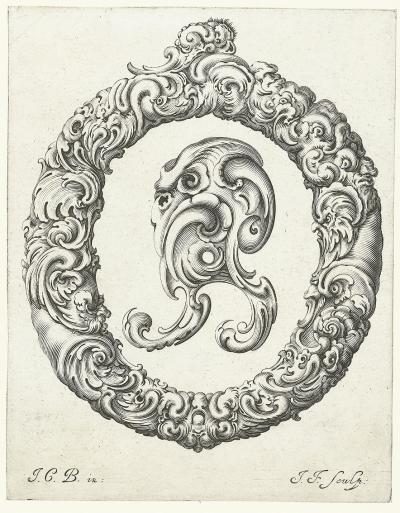
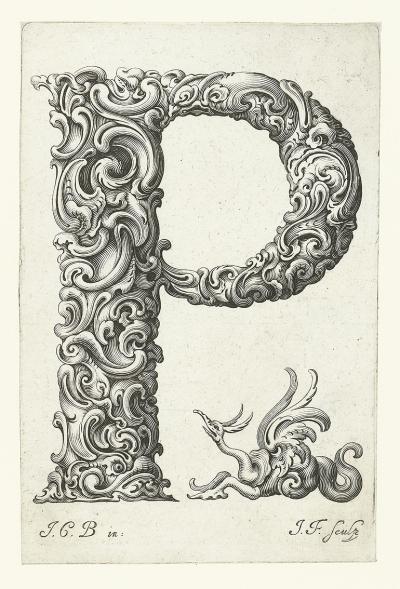
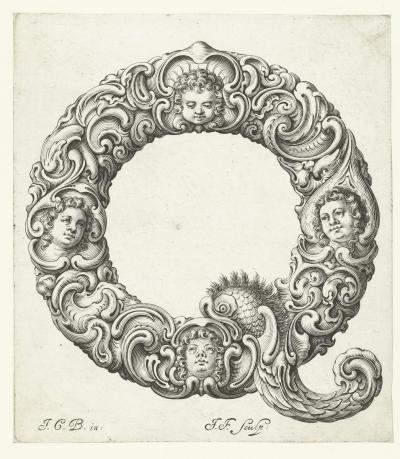
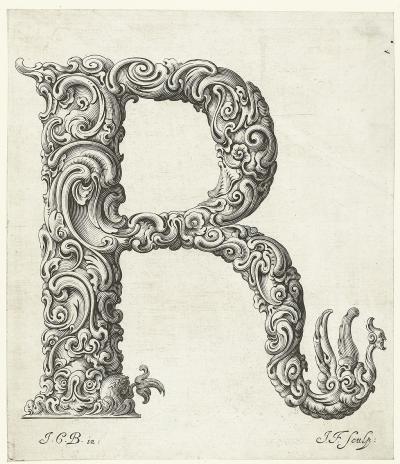
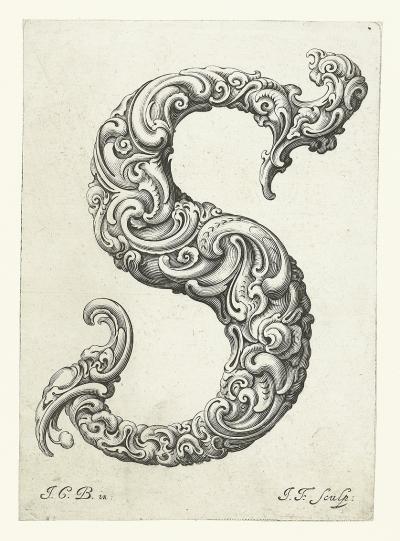
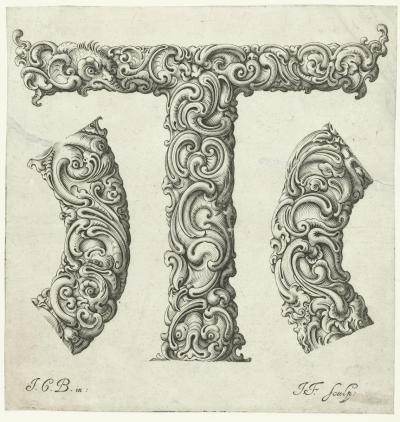
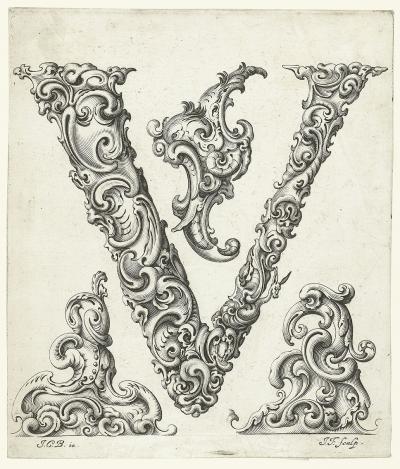
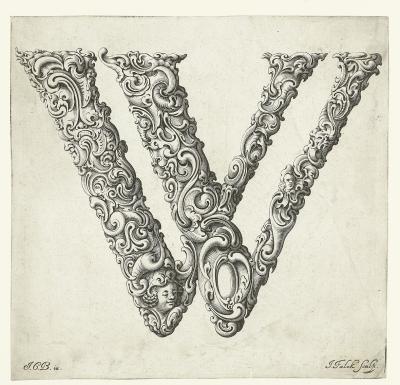
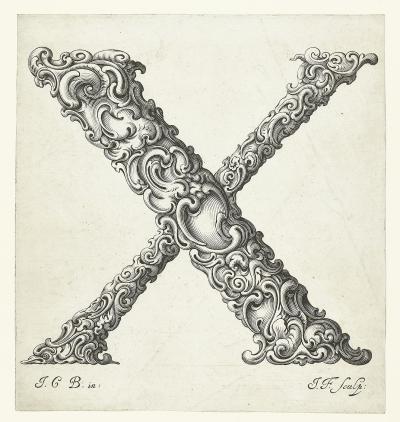
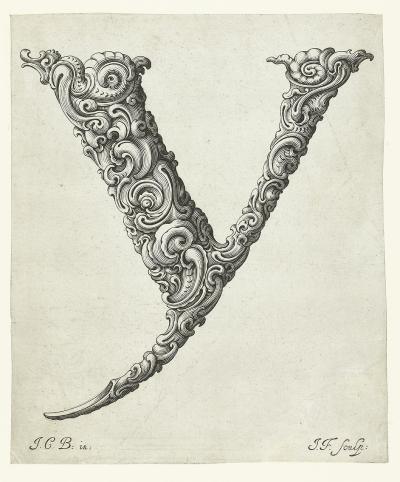
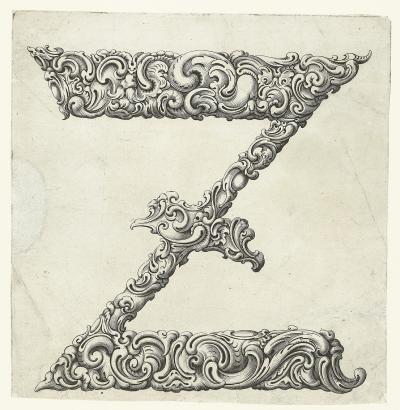

According to the Danzig City Councillor and author of a catalogue of works published in 1890 in Danzig, Julius C. Block, Jeremias Falck was “born in a German city, a German artist […] But merit should primarily go to our eastern neighbours, the Poles, for finding Falck’s work through the most diligent and continuous research and publicity. It must have been this that caused them to think that Falck was a Polish artist. That said he did sign his own works with the name “Polonus”, and others however with “Gedanensins”, as well as with “Sueciae Calcographus” on some engravings he completed in Stockholm” (PDF, p. 12 f.) As a rule the German variation of his name, Jeremias, (in Polish Jeremiasz) is used. But of course, Block was well aware that Falck was not a member of the Lutheran faith but committed to the reformed faith. This does not mean that we can exclude any German origins: it simply makes them less likely. In 1646 and 1649 he was inscribed as a godfather into the baptismal register of the reformed Church of St Peter and Paul in Danzig, the main church of the local Calvinists. In 1650 he was married there to Anna, the daughter of a merchant by the name of Arnold Mercator. And in 1671 he was laid to rest beneath a grave plate in the church. (PDF, p. 7 f., 12).[1]
From the mid-16th century the reformed confession spread from Switzerland into a huge number of countries in Europe due to the reformed Protestant influence of Ulrich Zwingli (1484-1531) and Johannes Calvin (1509-1564). The first reformed parishes in Danzig were set up by a few hundred citizens from the Netherlands who hade fled between 1567 and 1570 from the religious persecution by the Spanish Vice-Regent in the Netherlands, Fernando Herzog von Alba (1507-1582), and settled as foreigners outside the city, amongst others in Neugarten. In 1587 there were as many as 14 Calvinist preachers active in Danzig churches. From 1600 onwards the Dutch began to celebrate Holy Communion in the Church of the Holy Trinity under a chaplain from St. Peters Church. The Prussian reformed parish settled here during this time. .[2] The ancestors of Jeremias can be traced back to a certain Franz Falck, who died in Thorn in 1590.[3]
In 1646 and 1649 Jeremias became a godfather of children who simultaneously had Dutch godparents. A note in the baptismal register in St Peters Church, dated 18 September 1646, mentions that he was the godfather of a child belonging to his brother Hans. Further godparents were Anna Hondius, the daughter of a Dutch engraver Willem Hondius (1597-1652/58), who had been living in Danzig since 1636, and Anna Mercator (1620-1672), the daughter of the merchant Arnold Mercator († 1641) and great-granddaughter of the famous cartographer from Flanders, Gerhard Mercator (1512-1594). Jeremias was presumably trained by Willem Hondius. On 25 February he replaced Arndt Mercator as the godfather of the son of Peter and Elizabeth Bex, (PDF, p. 7). In the following year, on 9 June 1650 he married Anna Mercator (PDF, p. 8). When we consider that communion was taken at all these family religious occasions and that this was not possible in an interdenominational fashion, it seems obvious that Falck also came from a Dutch family. Indeed Hans Falck, by profession a cutler, is registered as living “in Neugarten“ (PDF, p. 7). Later generations of the Falcks remained true to the reformed faith and the church of St Peter and Paul. One of these was the parish wigmaker and provost of the poor, Johann Daniel Falk the Elder (1737-1808), who married a woman from a Huguenot family from the French reformed community. Another was their son, the lay theologian, writer and composer of hymns, Johannes Daniel Falk (1768-1826). Both of them clearly felt a bond with the German middle and upper-class residents of Danzig.[4]
[1] For the date of Falck’s death Block quotes the gravestone book of the church of St Peter and St Paul in Danzig: “1677. On 7 February after cleaning the grave of Herr Hans Minckhaus, Jeremias Falck was buried there in the choir and by the altar, stone ‘Nr. 4’.” That said, in 1953 the genealogist Oskar Leistikow discovered that Falck had already died before the marriage of his daughter Susanna Maria in 1676 in the Market Church in Hanover. It has been shown that if you look again at the gravestone book of the church of St Peter in Danzig, that they year can be interpreted in two ways. Hence we must assume that the year in which he died must have been 1671.
[2] Erwin Pritzel: Geschichte der Reformierten Gemeinde zu St. Petri-Pauli in Danzig 1570-1940, Danzig 1940. pp. 9-16
[3] Johannes Demandt: Johannes Daniel Falk. Sein Weg von Danzig über Halle nach Weimar (1768-1799) = Arbeiten zur Geschichte des Pietismus, 36, Göttingen 1999, p. 17, note 7 (further reading is also given there)
[4] Ibid., pp. 17-19





















































































